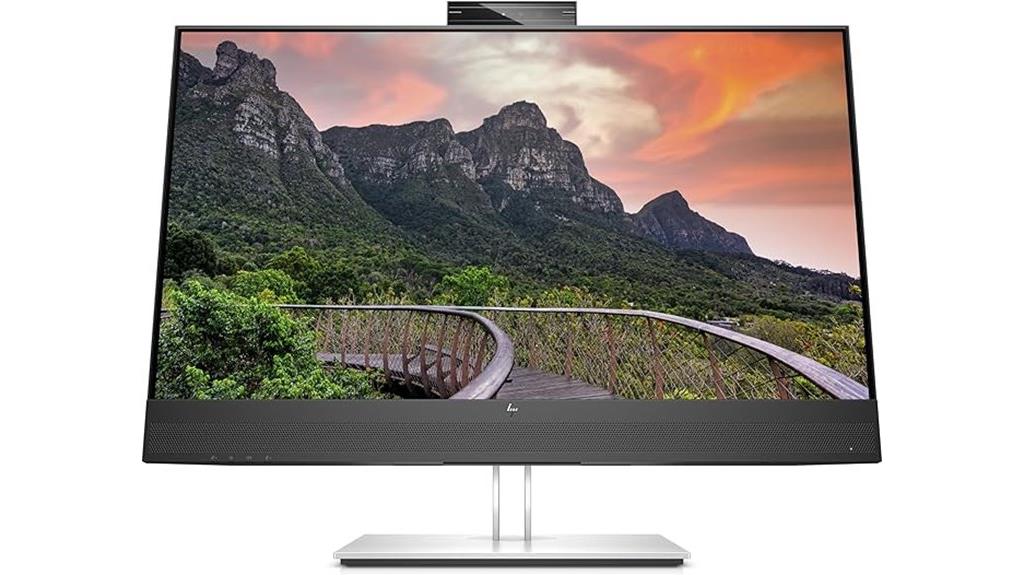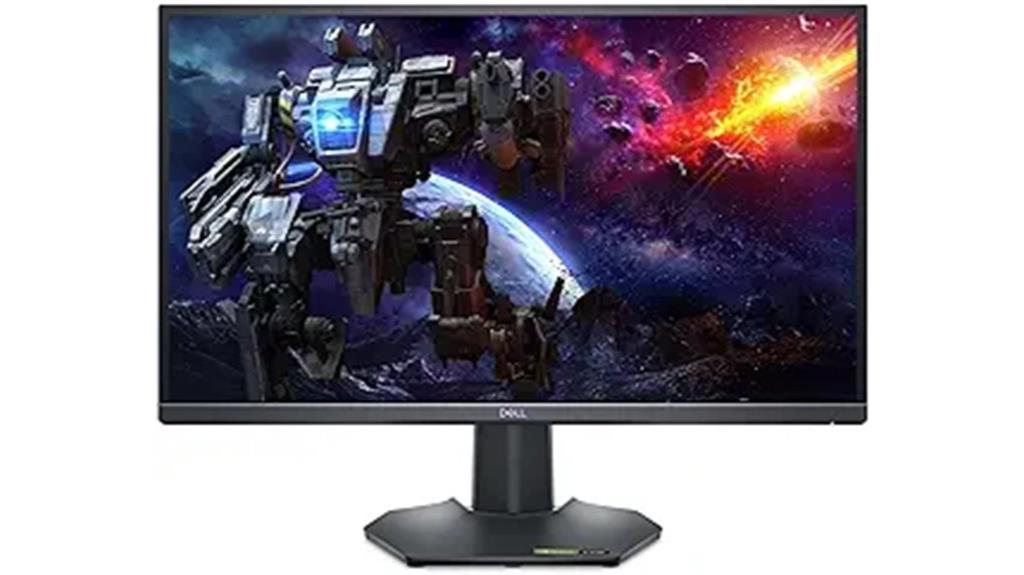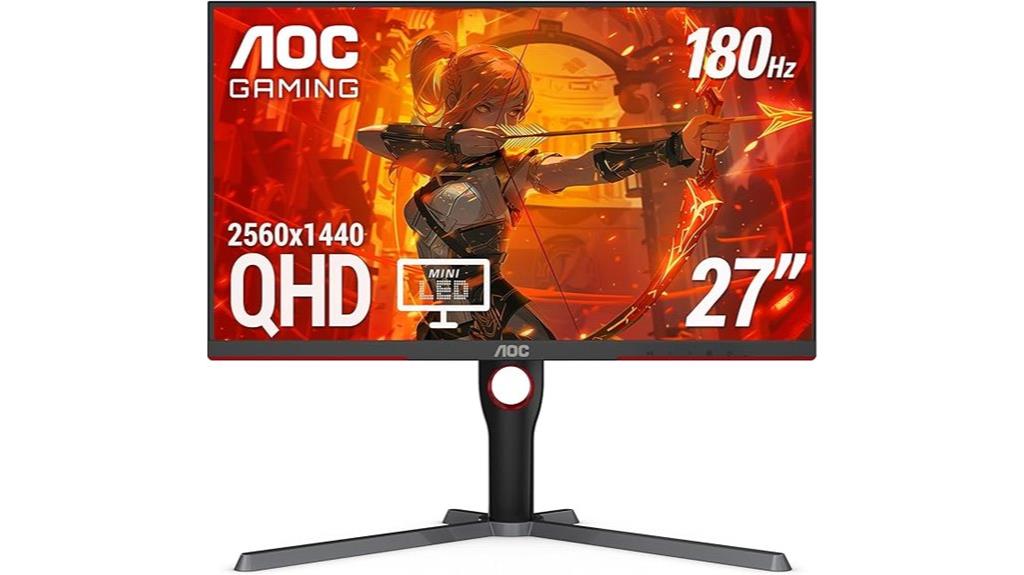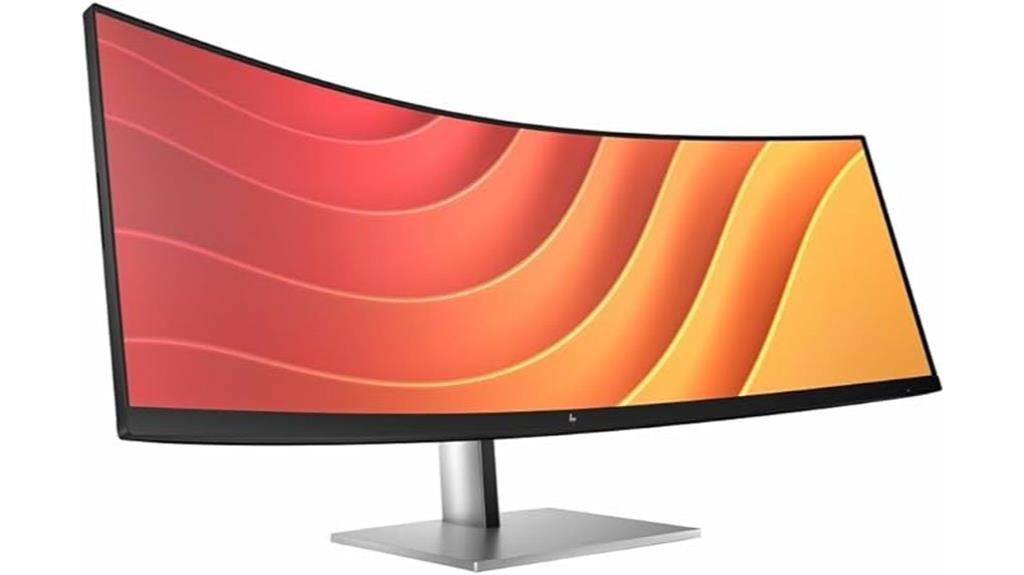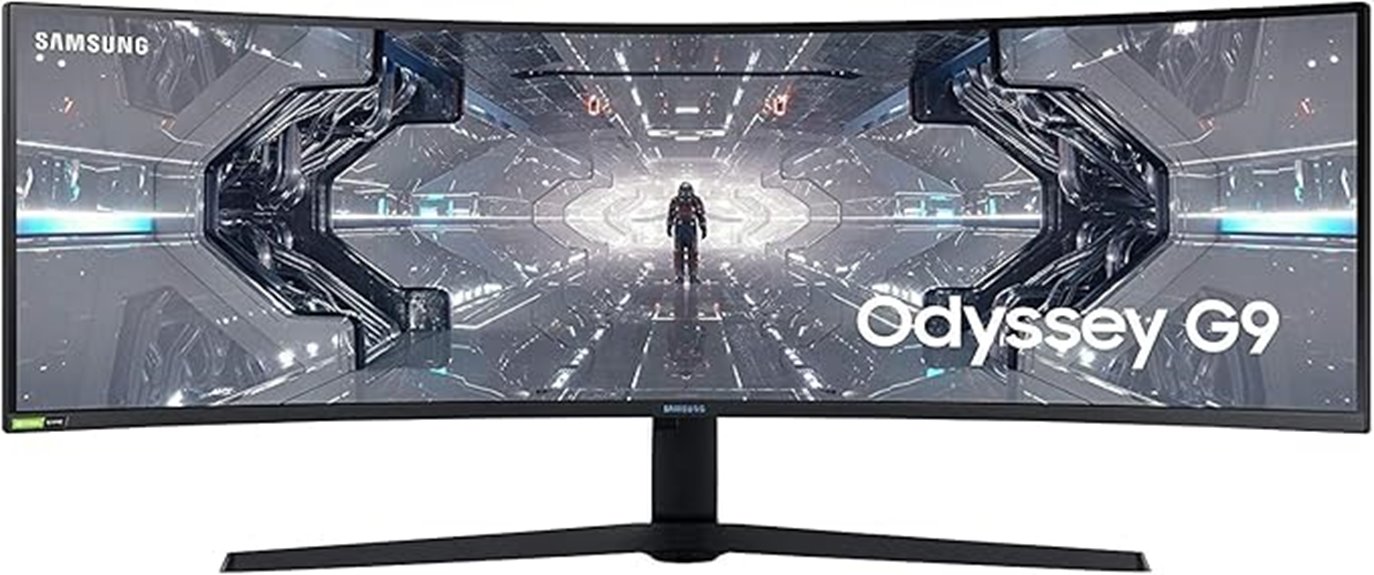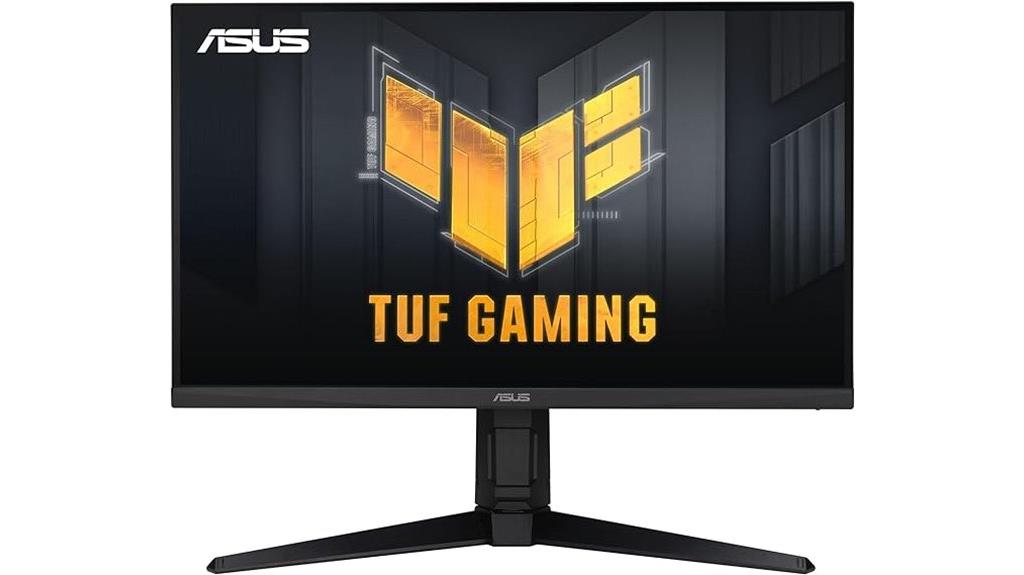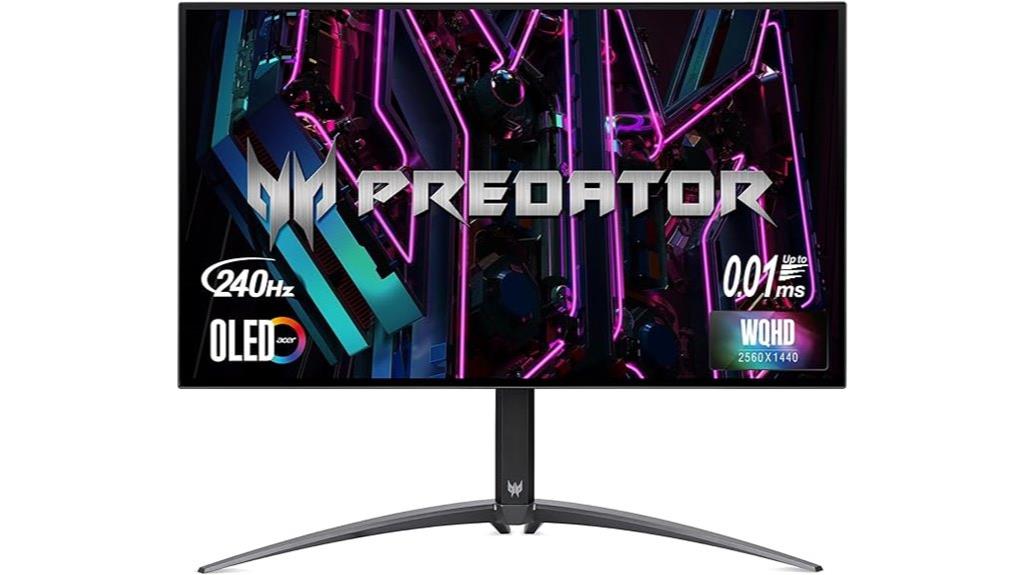Best Monitor For Visually Impaired
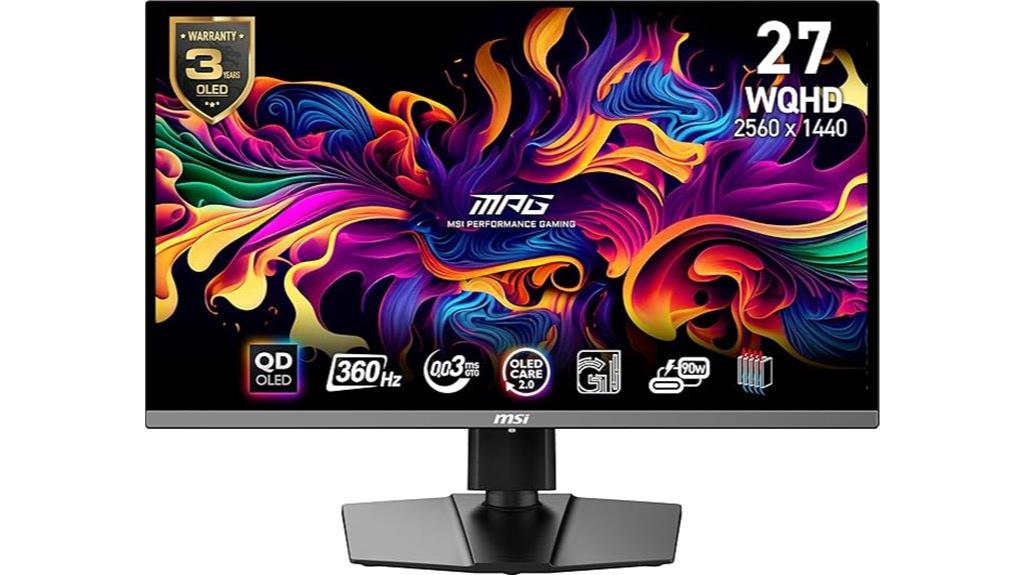
Imagine squinting, straining, and still missing crucial details on your screen. For those with visual impairments, this is a daily reality. But what if a monitor could alleviate that struggle, bringing clarity and comfort to your digital life?
This guide is for first-time buyers who need a monitor specifically designed for enhanced visibility. We'll cut through the jargon and focus on what truly matters to help you find the best monitor to suit your individual needs.
A suitable monitor can be a game-changer, improving everything from work productivity to leisure activities. It offers a more accessible and enjoyable experience for people with low vision, macular degeneration, or other visual challenges. Let's explore the options that can make a significant difference.
Top 5 Monitors for Visual Impairment: A Quick Comparison
Here’s a snapshot of some leading monitors, highlighting key specs to consider.
| Model | Price (USD) | Size (inches) | Resolution | Brightness (cd/m²) | Warranty |
|---|---|---|---|---|---|
| BenQ GW2780T | $250 | 27 | 1920x1080 | 300 | 3 years |
| ViewSonic VP2468 | $300 | 24 | 1920x1080 | 250 | 3 years |
| LG 32QN650-W | $350 | 32 | 2560x1440 | 350 | 1 year |
| Dell UltraSharp U2722DE | $550 | 27 | 2560x1440 | 350 | 3 years |
| ASUS ProArt PA278QV | $330 | 27 | 2560x1440 | 300 | 3 years |
Detailed Reviews: Diving Deeper
BenQ GW2780T: The Ergonomic Choice
The BenQ GW2780T prioritizes eye comfort with its Brightness Intelligence Technology. This feature automatically adjusts brightness based on ambient light. It has a flicker-free display and low blue light filter, reducing eye strain during long periods of use.
The monitor's height adjustability and swivel features make it easy to find the perfect viewing angle. Its built-in speakers are a convenient bonus.
ViewSonic VP2468: Color Accuracy Matters
For users who need accurate color representation, the ViewSonic VP2468 is a solid choice. It is factory calibrated to ensure consistent and true colors. The slim bezel design is visually appealing and allows for seamless multi-monitor setups.
While its brightness is slightly lower than some competitors, its color accuracy makes it suitable for graphic design and photo editing tasks.
LG 32QN650-W: Big Screen, Sharp Details
The LG 32QN650-W offers a larger screen size with a QHD (2560x1440) resolution. This combination results in a sharper and more immersive viewing experience. The larger screen is great for reducing eye strain for visually impaired.
The IPS panel provides wide viewing angles and accurate colors. Its HDR10 support enhances contrast and color vibrancy. Be aware of the shorter warranty period.
Dell UltraSharp U2722DE: Premium Performance
The Dell UltraSharp U2722DE is a high-end monitor that delivers excellent image quality and features. It has great ergonomics with height, tilt, and swivel adjustability. The monitor is great for multitasking and productivity tasks.
The monitor has good connectivity options and also has USB-C port that supports power delivery. This monitor also has a three-year warranty.
ASUS ProArt PA278QV: Great all rounder
The ASUS ProArt PA278QV is a good all rounder monitor with good features and a reasonable price. This monitor is pre-calibrated and delivers great colors, making it a good option for creative professional. It has great connectivity options and also has built in speakers.
It has a good ergonomic stand that offers tilt, swivel, pivot and height adjustments. The monitors is very stable and feels well built.
Used vs. New: Weighing the Options
Buying a used monitor can save you money, but it comes with risks. A new monitor ensures you get the full warranty and a product in perfect condition.
Used monitors might have hidden defects or shorter lifespans. New monitors offer peace of mind and the latest technology. Evaluate your budget and risk tolerance carefully.
A risk of purchasing used is that the used monitor might not have all the original accessories.
Reliability Ratings by Brand
Brand reputation is an important factor to consider. Dell and BenQ are often praised for their reliability and customer service.
LG and ViewSonic are also reputable brands with generally positive reviews. Check online forums and reviews to get a sense of each brand's track record before making a purchase.
Consider also looking into the warranty options and after sales service from each brand.
Checklist: 5 Must-Check Features Before Buying
- Screen Size and Resolution: Choose a size and resolution that provides comfortable viewing without straining your eyes. Larger screens and higher resolutions often improve readability.
- Brightness and Contrast: Ensure the monitor offers adjustable brightness and contrast settings to suit your specific needs and lighting conditions.
- Ergonomics: Look for height, tilt, and swivel adjustments to find the most comfortable viewing angle.
- Low Blue Light and Flicker-Free Technology: These features reduce eye strain and fatigue, especially during extended use.
- Connectivity: Check for the necessary ports (HDMI, DisplayPort, etc.) to connect your devices.
Key Takeaways
Finding the best monitor for visual impairment requires careful consideration of several factors. Screen size, resolution, brightness, ergonomics, and eye-care technologies are all important.
Assess your individual needs and budget to make an informed decision. Weigh the pros and cons of buying used versus new.
Do your research and prioritize features that enhance your viewing comfort and reduce eye strain. This will help you choose the right monitor for your needs.
Ready to See the Difference?
Armed with this knowledge, you're now equipped to choose a monitor that can truly transform your digital experience. Start exploring the models mentioned above, read user reviews, and visit a store to see them in person if possible.
Your eyes will thank you! Click here to compare prices and find the best deals on visually-impaired-friendly monitors!
